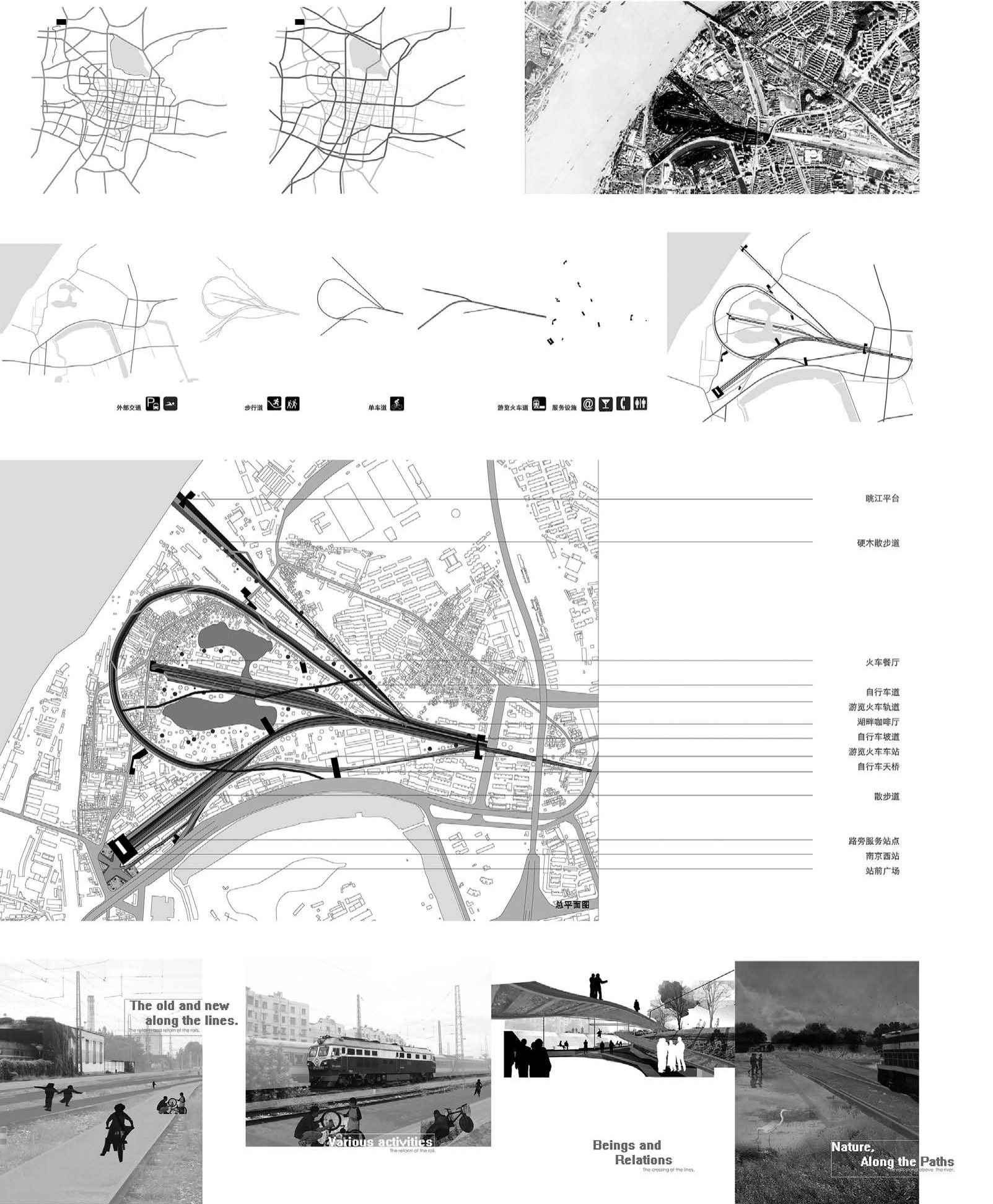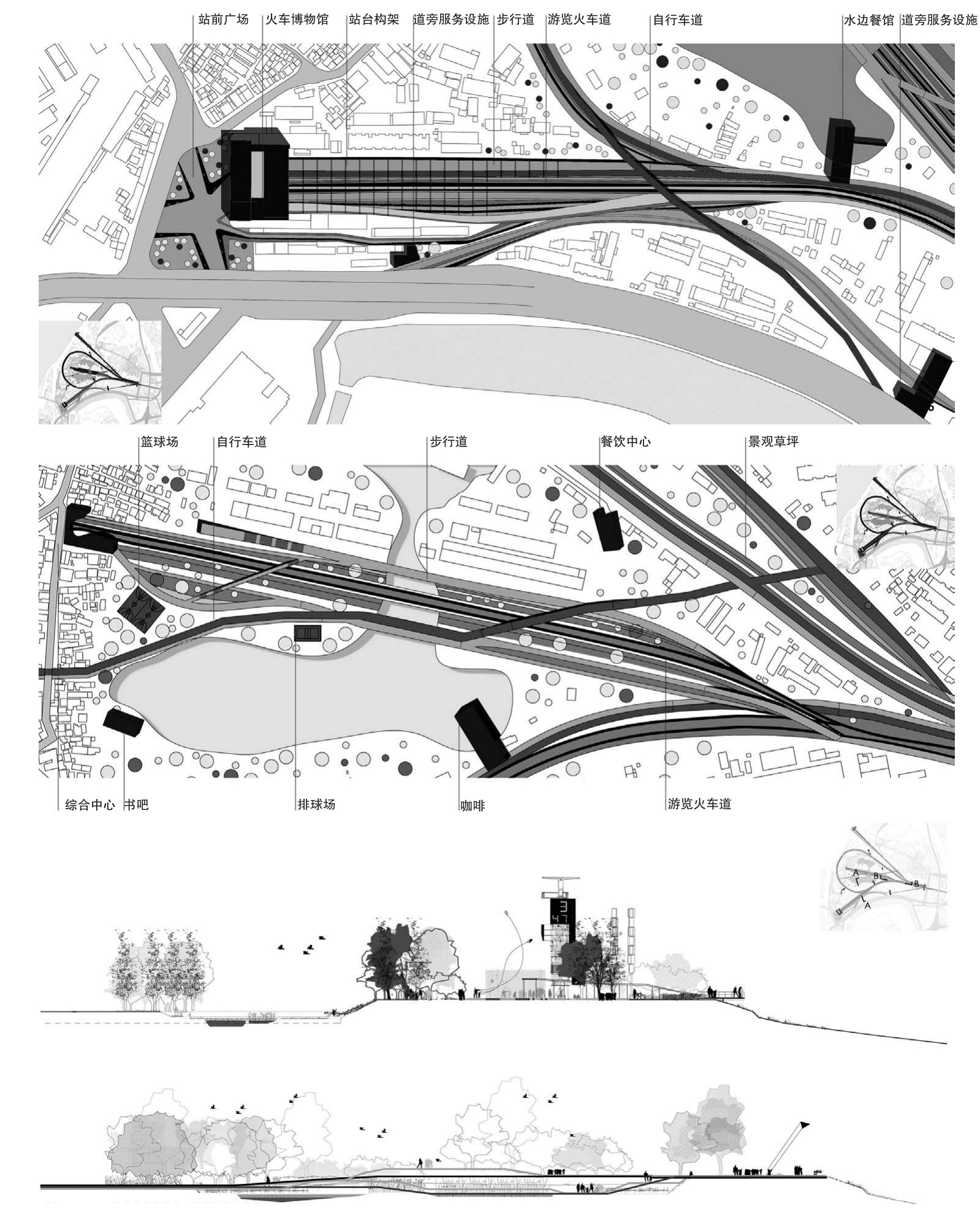景观都市主义理论与方法•华晓宁
课程类型:选修
学时学分:18学时/1学分
课程简介
当代大城市日益成为一个复杂系统,水平蔓延、多中心和深度的异质化都是其显著的特征,形态危机和生态危机相互纠缠并存。传统的以建筑形态为核心的城市策略已经难以解决问题。
经历了从图像性向工具性的转变,景观日益成为应对当代城市问题的一个强有力的媒介。20世纪末在欧美发展起来的景观都市主义(Landscape Urbanism)在城市的演进中尝试引入并确立景观的重要地位,期望能够突破传统规划设计方法的局限,将自然演进和城市发展整合为一种可持续的人工生态系统,在持续演化的城市形态中发展一种动态的规划方向,将自然区域、开放空间和人工建造的实体整合为一个和谐的整体。
本课程介绍了景观都市主义思想产生的背景、缘起及其主要理论观点,并结合实例,重点分析了其在不同的场址和任务导向下发展起来的多样化的实践策略和操作性工具。
通过这些内容的讲授,本课程的最终目的是拓宽学生的视野,引导学生改变既往的思维定式,以新的学科交叉整合的思路,分析和解决当代城市问题。
课程大纲
第一讲:导论:当代城市与景观媒介
第二讲:生态过程与景观修复
第三讲:基础设施与景观嫁接
第四讲:嵌入与缝合
第五讲:水平性与都市表面
第六讲:城市图绘与图解
第七讲:AA景观都市主义:原型方法
第八讲:总结与作业
作业要求
课题:重定义交通景观
以城市中正在运作或是已经废弃的交通基础设施为操作对象,运用景观都市主义的相关理念与方法,完成一个概念设计,将原先功能性的、以运转效率为首要目标的交通基础设施改造、转化为能够承载更多样化的城市生活的城市公共空间。

Theory and Methodology of Landscape Urbanism•Hua Xiaoning
Type:Elective Course
Study Period and Credits:18 hours/1 credit

Introduction
Contemporary metropolitans have been becoming complex systems with characters of horizontality,polycentrism and deeply heterogeneity,while facing dual crisis of morphology and ecology. The traditional urban strategies focused on the architecture volumes can hardly solve these problems.
Changed from a graphical object to an instrumental object,landscape has become a powerful medium to solve the contemporary urban problems and challenges. The Landscape Urbanism,which emerged in Europe and North America at the end of the 20th century,tries to introduce the landscape as an important role in the development of cities,expects to break through the limitation of the traditional methods of urban planning,combines the natural process and urban development together into a sustainable artificial ecological system. It develops a new dynamic approach of planning in the continuous evolution of urban form to integrate natural area,open space and artificial objects into a harmonious unity.
The course introduces the backgrounds,the generation and the main theoretical opinions of Landscape Urbanism. With series of instances,It particularly analyses the various practical strategies and operational techniques guided by various sites and projects.
With all these contents,the aim of the course is to widen the students’ field of vision,change their habitual thinking and suggest them to analyze and solve contemporary urban problems using the new ideas of the intersection and integration of different disciplines.
Synopsis
Lecter 1:Introduction Contemporary Cities and Landscape Medium
Lecter 2:Ecological Process and Landscape Recovering
Lecter 3:Infrastructure and Landscape Engrafting
Lecter 4:Embedment and Oversewing
Lecter 5:Horizontality and Urban Surface
Lecter 6:Urban Mapping and Diagram
Lecter 7:AA Landscape Urbanism:Archetypical Method
Lecter 8:Conclusion and assignment
Project:Redefine the Landscape of Movement
Finish a concept design taking the working or abandoned urban traffic infrastructures as the operating objects,using the ideas and methods of Landscape Urbanism to transform the functional and efficient infrastructures into urban public space maintaining various urban lives.
免责声明:以上内容源自网络,版权归原作者所有,如有侵犯您的原创版权请告知,我们将尽快删除相关内容。
















